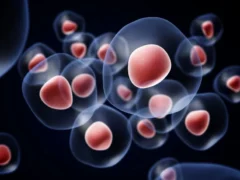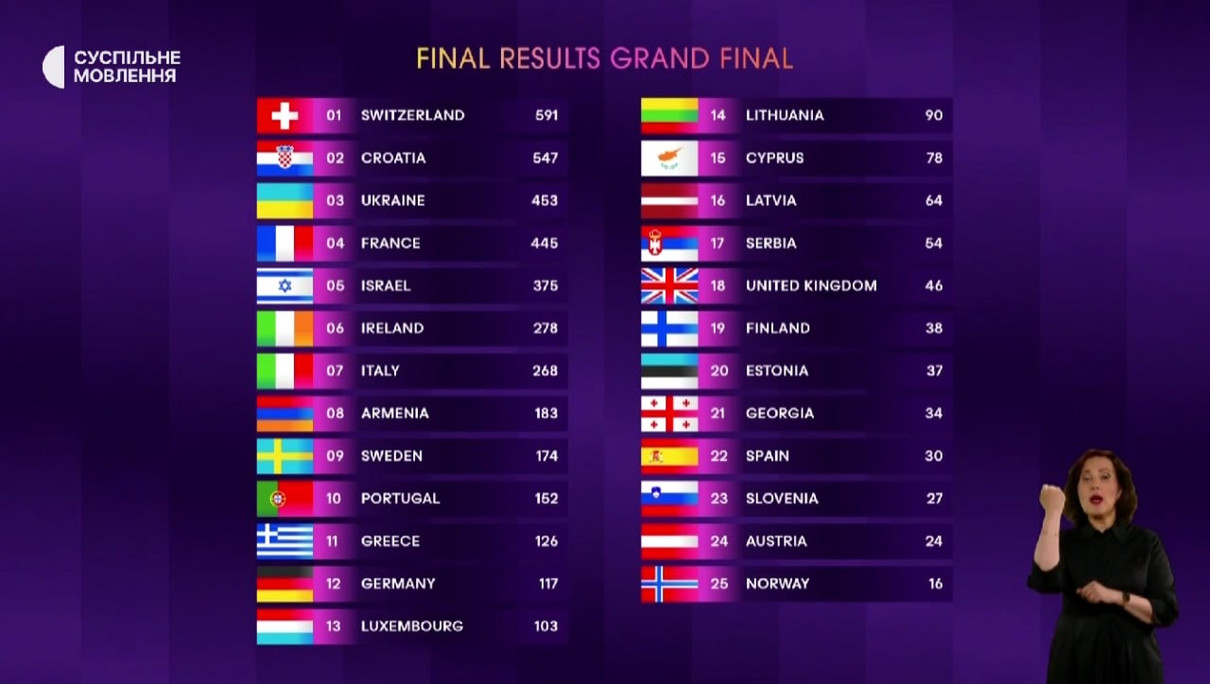
A new study shows that ion gradients across cell membranes create a network for rapid cell decision-making, separate from DNA. Cells are constantly moving in a dynamic environment, facing ever-changing conditions and challenges. But how do cells quickly adapt to these environmental fluctuations?
A new Moffitt Cancer Center study published in iScience, answers this question by challenging our understanding of how cells function. The research team suggests that cells have a previously unknown information processing system that allows them to make quick decisions independent of their genes.
For decades, scientists viewed DNA as the sole source of cellular information. This DNA blueprint tells cells how to build proteins and perform basic functions. However, new research at Moffitt led by Dipesh Niraula, PhD, and Robert Gatenby, MD, has identified a non-genomic information system that works together with DNA to allow cells to gather information from their environment and respond quickly to changes.
The role of ion gradients
Research has focused on the role of ion gradients across the cell membrane. These gradients, which are maintained by specialized pumps, require large amounts of energy to generate variable transmembrane electrical potentials. The researchers hypothesized that the gradients represent a vast reservoir of information that allows cells to constantly monitor their environment.
When information is received at a certain point on the cell membrane, it interacts with specialized gates in ion-specific channels, which then open, allowing these ions to flow along pre-existing gradients, forming a communication channel. Flows of ions trigger a cascade of events adjacent to the membrane, allowing the cell to analyze information and respond quickly to it. When ion fluxes are large or prolonged, they can induce self-assembly of microtubules and microfilaments for the cytoskeleton.
Generally, the cytoskeletal network provides mechanical support for the cell and is responsible for cell shape and movement. However, the Moffitt researchers noted that cytoskeletal proteins are also excellent conductors of ions.
This allows the cytoskeleton to act as a highly dynamic intracellular network for ion-based information transfer from the membrane to intracellular organelles, including mitochondria, the endoplasmic reticulum, and the nucleus. The researchers hypothesized that this system, which allows rapid and local responses to specific signals, could also generate coordinated regional or global responses to larger environmental changes.
Information and implications of the study
"Our study reveals the ability of cells to use transmembrane ion gradients as a means of communication that allows them to rapidly sense and respond to changes in their environment," said Niraula, a researcher in the machine learning department. "This intricate network allows cells to make rapid and informed decisions critical to their survival and function."
The researchers believe that this non-genomic information system is critical to the formation and maintenance of normal multicellular tissue, and suggest that the well-described ion fluxes in neurons are a special example of this extensive information network. Disruption of this dynamic may also be a critical component of cancer development.
They demonstrated that their model is consistent with several experimental observations and highlighted several testable predictions arising from their model, hopefully paving the way for future experiments to test their theory and shed light on the intricacies of cellular decision-making.
"This study calls into question the implicit assumption in biology that the genome is the only source of information, and the nucleus acts as a kind of central processing unit. We present an entirely new network of information that enables the rapid adaptation and complex communication required for cell survival and likely deeply involved in the intercellular signaling that enables multicellular organisms to function,” said Gatenby, co-director of the Center of Excellence for Evolutionary Therapeutics at Moffitt.


 952
952












